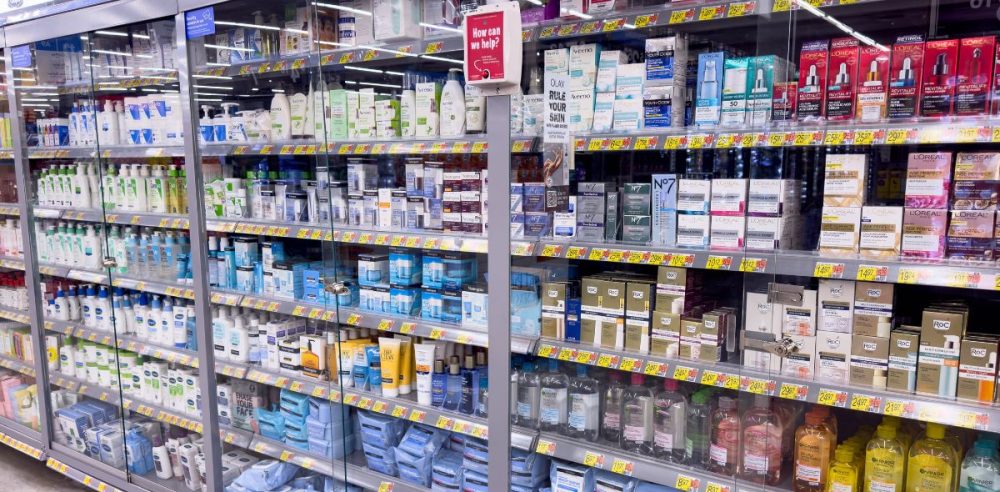Retail theft in the United States has reached unprecedented levels, with incidents nearly doubling since before the COVID-19 pandemic lockdowns, according to the National Retail Federation’s (NRF) recent “Impact of Retail Theft & Violence 2024” study.
Organized retail crime has emerged as a major driver of the crisis, exacerbating financial losses for businesses and posing safety risks to employees and customers alike, reported the New York Post. The NRF reports a 93% increase in shoplifting incidents since 2019, with 2023 alone witnessing a 26% spike compared to the previous year.
David Johnston, NRF’s vice president of asset protection, emphasizes the sophisticated networks fueling this epidemic.
“These aren’t isolated incidents of petty theft,” Johnston explained. “Organized retail crime groups resell stolen goods in bulk, creating a supply chain for stolen merchandise.” Such activities make it increasingly difficult for retailers to mitigate losses despite enhanced security measures and aggressive prosecution efforts at the state level.
The scale and severity of retail theft are staggering.
Last year, specific retail sectors saw over 1,000 shoplifting incidents daily. This surge in activity has led to a 90% increase in monetary losses since pre-pandemic times. Retailers have also reported an alarming rise in violence, with 91% stating that shoplifters are more aggressive compared to 2019. Johnston attributes this uptick in hostility to the increasing desperation of offenders and the emboldening nature of organized crime.
Retailers are implementing various strategies to curb theft and ensure the safety of their staff and customers.
Locking high-value items, hiring additional security, and testing body-worn cameras are just a few measures. Yet, these solutions often come at the expense of customer convenience. Johnston remarked, “In some locations, stores feel like vending machines, with products locked up to deter theft.” Such measures, while necessary, highlight the growing tension between loss prevention and consumer satisfaction.
Despite the efforts of retailers and local governments, the NRF insists that federal intervention is crucial.
Johnston advocates for the Combating Organized Retail Crime Act, a proposed bill that would establish a coordination center within the Department of Homeland Security to tackle the issue. By fostering collaboration between federal, state, and local law enforcement, the bill aims to dismantle organized crime networks and disrupt their supply chains.
Currently, 48 states have created retail crime associations to facilitate information sharing between law enforcement and retailers. However, Johnston argues that a national strategy is essential to address the transnational nature of these crime rings. “Federal coordination is key,” he said. “When you dismantle one of these groups, you disrupt their entire network and reduce the theft happening in stores.”
In the meantime, businesses continue to navigate the delicate balance between maintaining safety and serving their communities in a rapidly evolving landscape.


